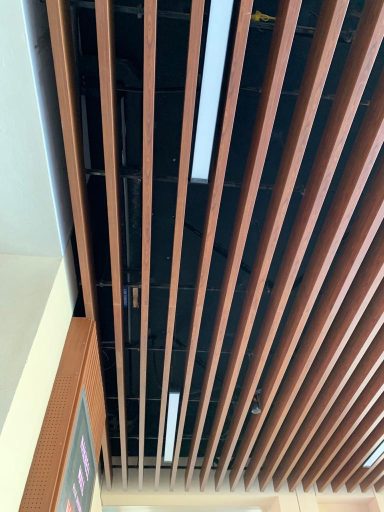How do you choose the right colors for your custom art design? Color plays a significant part in setting the tone and mood of any space. Picking the right palette for your custom art ensures that the piece fits smoothly with your surroundings while also expressing the message or feeling you wants to convey.
Consider the room’s existing palette
When selecting colors for your custom art design Dubai, it’s important to think about the colors already present in the room. This includes the color of the walls, furniture, and décor. You want the art to complement, not clash, with the overall color scheme. If the room features neutral tones, you can choose bold and vibrant colors for the artwork to make it stand out. For a room with more lively colors, a piece with subtle tones may work best.
Understand color psychology
Different colors can evoke different emotions. For example, blues and greens are often associated with calm and serenity, making them a good choice for bedrooms or offices. Instead, reds and oranges are known for being energizing and can add warmth and vibrancy to a space. Consider the type of mood you want to create in the room when selecting the colors for your custom art piece.
Choose a color palette
A well-thought-out color palette helps create harmony in your artwork. You can opt for monochromatic colors, which use variations of a single color for a more subtle, cohesive look. Alternatively, complementary colors, which are opposite each other on the color wheel, like blue and orange, create a high-contrast and vigorous effect. If you want a more balanced and soft look, analogous colors (colors next to each other on the color wheel, like blue, blue-green, and green) work well together.
Think about the size of your custom art design
The size of your custom art design also impacts your color choices. For large pieces, you may want to use a mix of bold, contrasting colors to make the artwork stand out. Smaller pieces, instead, may look better with softer tones or a monochromatic scheme. The size of the piece and its location in the room will influence how colors interact with the space.



